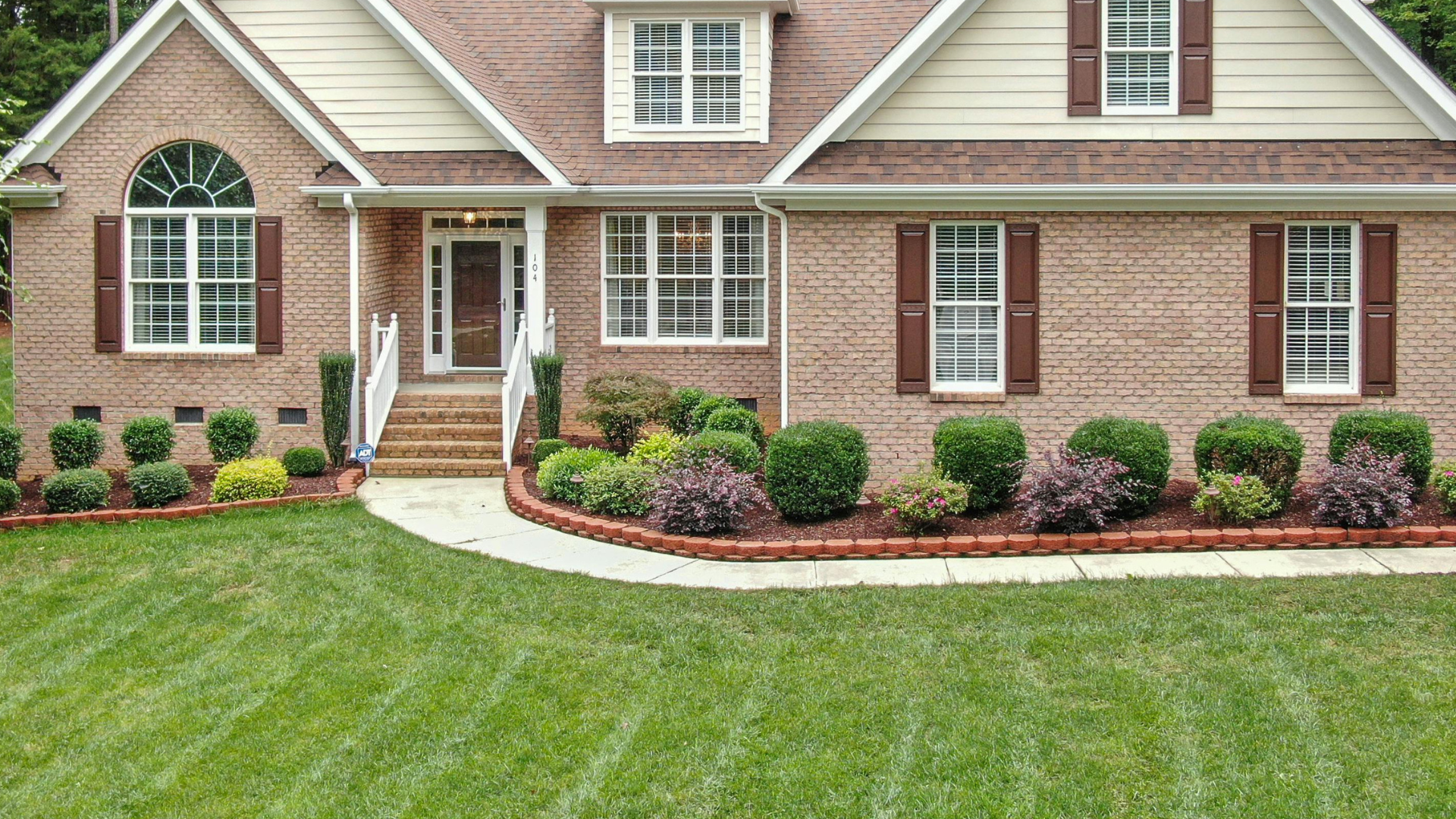Living in East Texas means homeowners must be prepared for hurricane season, which typically runs from June through November. While East Texas may not face the direct brunt of hurricanes as frequently as coastal regions, the area still experiences intense storms, high winds, and heavy rainfall that can cause significant damage. Taking proactive steps to storm-proof your home will not only help protect your property but also keep your family safe during storm season.
In this guide, we’ll cover key steps East Texas homeowners can take to prepare for hurricane season, from roof inspections to window reinforcement and effective drainage solutions.
Fortify Your Roof
Your roof is one of the most vulnerable parts of your home during a hurricane or severe storm. Strong winds, heavy rain, and flying debris can cause significant damage if your roof isn’t properly maintained. Here’s how to ensure your roof is ready for hurricane season:
Conduct Regular Roof Inspections
Before storm season hits, inspect your roof for any signs of wear and tear. Look for loose or missing shingles, damaged flashing, and signs of water damage like discoloration or sagging. If you’re not comfortable inspecting the roof yourself, consider hiring a professional to assess its condition. We offer free quotes and quality assessments.
Reinforce Roofing Materials
If your roof is aging or showing signs of weakness, reinforcing it before the storm season begins is critical. For added protection, consider using hurricane straps or clips to secure your roof to the walls of your home. These devices help prevent the roof from being lifted off during strong winds.
Clean and Secure Gutters
Clogged gutters can cause water to back up and overflow during heavy rainfall, potentially damaging your roof and foundation. Clean out any debris from your gutters and downspouts to ensure proper drainage. Additionally, make sure gutters are securely attached to your home to prevent them from being ripped off by high winds.
Strengthen Windows and Doors
Windows and doors are highly susceptible to breakage during storms, and can allow wind and rain to enter your home and cause damage. Taking measures to protect these areas is essential for storm-proofing.
Install Storm Shutters or Impact-Resistant Windows
Storm shutters are one of the best ways to protect your windows during hurricane season. They act as a barrier against flying debris and can prevent windows from shattering. If storm shutters aren’t an option, consider upgrading to impact-resistant windows, which are designed to withstand extreme wind speeds and impact.
Use Plywood as a Temporary Solution
If installing permanent storm shutters isn’t feasible, plywood can be used as a temporary solution to protect windows during an approaching storm. Cut the plywood to fit over each window and secure it with screws. While this is a more affordable option, it should be installed well in advance of the storm to avoid last-minute scrambling.
Reinforce Exterior Doors
Doors, especially double doors and sliding glass doors, should be reinforced to withstand strong winds. Ensure all doors have at least three hinges and a deadbolt that extends into the doorframe by at least an inch. Installing door braces or bolts at the top and bottom of the door can also provide extra stability.
Ensure Proper Drainage Around Your Home
Heavy rainfall during a hurricane can lead to flooding, particularly if your property’s drainage system is inadequate. Taking steps to improve drainage will help prevent water from pooling around your home, which can lead to foundation damage and flooding.
Grade Your Lawn Away from the Foundation
One of the simplest ways to improve drainage is by grading your lawn so that water flows away from your home’s foundation. This prevents water from collecting around the base of your house, reducing the risk of leaks and foundation damage.
Install or Maintain French Drains
If your property is prone to standing water, installing a French drain can help direct excess water away from your home. French drains are underground pipes that collect and channel water to a designated drainage area, preventing water from saturating the soil around your foundation.
Check and Maintain Sump Pumps
For homes with basements or crawl spaces, a sump pump is essential for keeping water out during heavy rainstorms. Ensure your sump pump is in good working condition before hurricane season starts, and consider installing a battery backup system in case of power outages.
Trim Trees and Secure Outdoor Items
High winds can turn loose objects and tree limbs into dangerous projectiles during a storm, potentially causing serious damage to your home or neighboring properties. Preparing your yard is a crucial part of storm-proofing your East Texas home.
Trim Overhanging Branches
Large tree branches that hang over your home or power lines should be trimmed before storm season. This helps reduce the risk of branches breaking and falling on your roof, vehicles, or electrical systems. If a tree is diseased or dying, it may be best to have it removed entirely to prevent it from toppling during a storm.
Secure Outdoor Furniture and Equipment
Patio furniture, grills, and lawn equipment should be stored indoors or secured to prevent them from becoming airborne during a storm. Anchor outdoor structures like sheds and gazebos to the ground with tie-down kits to ensure they remain stable during high winds.
Backup Power Solutions
Power outages are common during hurricanes and severe storms, and they can last for days or even weeks. Having a backup power solution in place can help keep essential appliances running, maintain communication, and ensure safety.
Invest in a Generator
A portable or standby generator can provide power to essential appliances and systems during an outage. Standby generators are more expensive but offer the advantage of automatic operation when power goes out. If you opt for a portable generator, make sure it’s positioned outside and away from windows or vents to prevent carbon monoxide poisoning.
Use Surge Protectors
Power surges during a storm can damage electronics and appliances. Protect your devices by using surge protectors or whole-home surge protection systems, which safeguard your electrical system from voltage spikes caused by lightning or power restoration after an outage.
Create an Emergency Plan
In addition to physically preparing your home, it’s important to have a family emergency plan in place. Know your evacuation routes, gather emergency supplies like water, food, and first-aid kits, and ensure everyone in your household knows what to do if a hurricane is approaching.
Final Thoughts
By taking the time to storm-proof your East Texas home, you can minimize damage and protect your family during hurricane season. Regular roof inspections, window and door reinforcements, proper drainage, and securing outdoor items will go a long way in preparing your home for the next storm. Don’t forget to create an emergency plan and consider backup power options to keep your home safe and functional, even during the most severe weather conditions.
Staying proactive and prepared will give you peace of mind as you navigate the unpredictable East Texas hurricane season.


